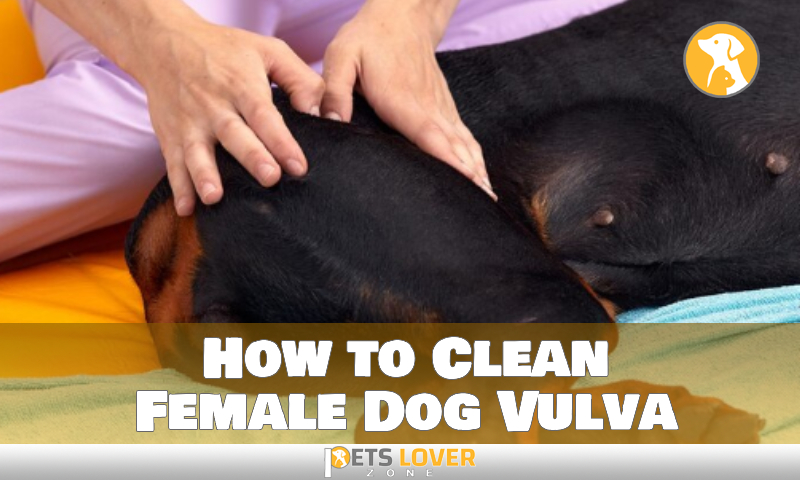To get paint off a dog, gently wipe the paint with a wet cloth or sponge, ensuring not to apply too much pressure on the dog’s fur or skin. Next, use a pet-safe shampoo to wash the affected area, lathering the fur and thoroughly rinsing to remove any residue.
What To Do If Your Dog Gets Paint On Their Fur
If your dog gets paint on their fur, it’s important to assess the situation calmly. First, determine the type of paint that is involved. Next, try to remove as much of the paint as possible without causing any discomfort to your dog.
Do not use any harsh chemicals or solvents that could harm their skin. Consider using a gentle pet-safe soap or shampoo to help remove the paint. If the paint is dry or stubborn, you may need to consult a professional groomer or veterinarian for assistance.
Remember to remain patient and gentle throughout the process, ensuring your dog feels safe and comfortable.
Assessing The Paint Stain On Your Dog’s Fur

Inspect the paint stain on your dog’s fur to determine the extent of the problem. Look for any signs of potential harm or irritation caused by the paint. Ensure that you carefully examine the affected area to get a clear picture of the situation.
Be attentive to your dog’s behavior and any discomfort they may be experiencing. By assessing the stain thoroughly, you can make an informed decision and take appropriate action to remove the paint safely. Remember to prioritize your dog’s well-being throughout the process to ensure a positive outcome.
Preparation For The Paint Removal Process
To safely remove paint from your dog, it’s essential to gather the necessary supplies and tools. Create a comfortable and safe environment for your furry friend. Take the following steps to prepare for the paint removal process. Firstly, gather gentle pet shampoo, warm water, and soft towels.
Additionally, have a comb or brush on hand to help with removing dried paint. Moreover, keep some treats nearby to reward your dog for their cooperation. Make sure the area you choose for the process is well-lit and easily accessible.
By following these guidelines, you can effectively and safely remove paint from your dog without causing any harm or stress.
Step-By-Step Guide To Safely Removing Paint From Your Dog’s Fur
Removing paint from your dog’s fur can be done safely and effectively by following a step-by-step process. First, dilute the paint with water to make it easier to remove. Then, gently blot the affected area with a cloth or paper towel to lift the paint off.
Next, apply a pet-safe paint remover specifically designed for fur to further break down the paint. Rinse and clean the fur thoroughly to ensure all traces of paint are removed. Finally, dry and groom your dog to restore their coat’s natural beauty.
By following these steps, you can ensure a safe and comfortable experience for both you and your furry friend.
Considerations For Different Types Of Paint
Considerations for different types of paint include water-based, oil-based, and acrylic. When removing water-based paint from your dog, try using mild soap and water. For oil-based paint, use a commercial paint remover or consult a professional groomer. Acrylic paint can be removed with warm, soapy water and gentle scrubbing.
Remember to avoid using harsh chemicals or solvents, as they can be harmful to your dog’s skin. Approach the paint removal process with patience and care, ensuring your dog’s comfort throughout. Regular grooming and maintaining a clean environment can prevent paint accidents from happening in the future.
Keep in mind that each dog and paint type may require different techniques, so always consult a veterinarian or professional groomer for specific guidance.
Additional Tips For Paint Removal From Your Dog’s Fur
Paint removal from your dog’s fur can be a challenging task, but there are additional tips to make the process easier. It is important to avoid using harsh chemicals or solvents, as they can be harmful to your dog’s skin.
Instead, opt for safe and gentle methods. If you find that the paint is stubborn and difficult to remove, it is recommended that you seek professional help. Professionals have the expertise and tools necessary to ensure the paint is removed without causing harm to your furry friend.
Remember to always prioritize the safety and well-being of your dog when attempting any DIY paint removal methods.
Preventive Measures To Avoid Future Paint Mishaps
Preventing paint mishaps with your dog can save you the trouble of getting paint off them later. One of the simplest preventive measures is to keep your dog away from painted areas. If you’re painting indoors, consider using protective clothing or coverings for your dog to avoid any accidental contact with wet paint.
Create a safe and designated area for your dog away from the painting activity. This could be a separate room, a fenced-off section, or even a supervised outdoor space. Additionally, make sure to securely close paint cans or containers after each use, ensuring that your dog cannot access them.
By following these preventive measures, you can minimize the risk of paint incidents and keep your dog safe and pain-free.
Dealing With Paint-Related Stress Or Anxiety In Your Dog
Dealing with paint-related stress or anxiety in your dog can be challenging. It’s important to recognize the signs of stress and anxiety in your furry friend. Look for behaviors such as restlessness, excessive panting, pacing, whimpering, or loss of appetite.
Once you’ve identified these signs, there are strategies you can use to help your dog relax and recover. Create a calm environment for your pup, providing a safe space where they can retreat. Engage in soothing activities like gentle massages or playing soft music.
Redirect their attention by offering engaging toys or treats. Consider using natural calming remedies or consulting with a professional for advice. With patience and understanding, you can help your dog overcome their paint-related stress or anxiety, allowing them to feel safe and secure once again.
Seeking Veterinary Advice For Severe Paint Stains Or Reactions

If your dog has severe paint stains or reactions, it’s essential to seek veterinary advice. Consulting a veterinarian is crucial in such cases, especially when the paint is difficult to remove or if your dog is experiencing adverse effects. Additionally, it is important to know when to consult a veterinarian for treatment options.
Severe cases may require professional intervention to ensure the safety and well-being of your furry friend. To effectively deal with the paint stains or reactions, keep in mind to adhere to the veterinarian’s advice. By seeking veterinary advice, you can ensure the best course of action for your dog’s health and recovery.
FAQ
What Happens If Paint Gets On My Dog’s Fur?
If paint gets on your dog’s fur, carefully wash it off using mild soap and water.
How Do You Remove Paint From Animal Fur?
To remove paint from animal fur, follow these steps: 1. Wet a cloth with warm water and gently dab the paint to soften it. 2. Use a comb or brush to carefully remove any loose paint from the fur. 3. Apply a small amount of dishwashing liquid to the stained area and gently scrub it with the cloth.
How Do You Get Paint Out Of A Fur Coat?
To remove paint from a fur coat, gently blot the area with a cloth soaked in warm, soapy water.
Conclusion
To sum it up, removing paint from a dog can be a challenging task, but it is possible with the right techniques and patience. Start by assessing the type of paint and determining if professional help is needed. If not, try using safe and non-toxic methods like vegetable oil, baby oil, or peanut butter to soften the paint and gently remove it with a comb or your fingers.
Be sure to follow up with a thorough bath to clean off any remnants. Remember to avoid using harsh chemicals or scraping tools, as they can harm your furry friend’s skin. Prevention is key, so keep an eye on your dog around paint and take precautions to avoid any accidents.
By following these steps and showing love and care, you can restore your dog’s beautiful coat and keep it happy and healthy.






